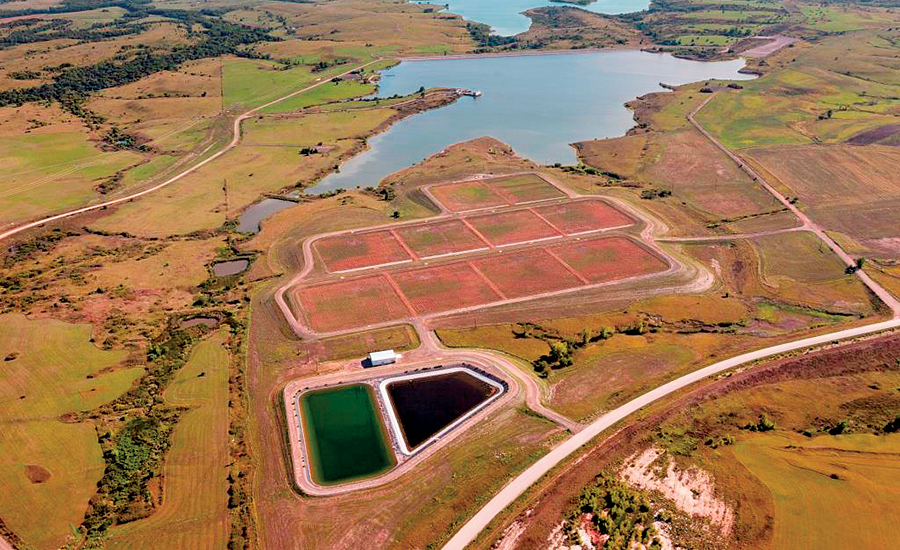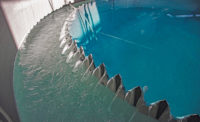St. Marys, Kan.
Region Mountain States
Project Team
Owner Westar Energy
Lead Design Burns & McDonnell
Engineers Orion Engineering and Tetra Tech
General Contractor Utility Contractors
The Westar Energy constructed-wetland treatment system in northeast Kansas uses a novel, two-tiered approach to remove environmentally sensitive metals and selenium in wastewater effluent from a coal plant before they can harm natural vegetation and wildlife.
Burns & McDonnell, the project’s lead designer, says the system is the first constructed-wetland treatment system in the world to treat successfully wet flue gas on a commercial scale. One of the judges in ENR’s competition commented, “Westar takes us to a new place” with this project.
The flue-gas desulfurization process at the 1,857-MW power plant requires a significant amount of water that must be treated before it can be discharged. The $20.7-million project was first conceived, in 2009, as a small pilot project on a two-acre site to explore whether more natural, environmentally friendly systems could be used to treat effluent.
With the successful completion of the pilot, Westar approved, in 2013, a 28-acre project capable of treating up to 232,000 gallons of water daily from the Jeffrey Energy Center power plant.
The treatment system, constructed by Utility Constructors Inc., incorporates a combination of soils and plants that thrive in wetlands to create a tiered filtering system.
In the vertical-flow beds, water moves upward through a lower tier of saturated soil before reaching the same root-and-soil system in the upper-tier wetland. Burns & McDonnell says the vertical flow of water helps to eliminate any environmental risk by filtering and removing metals through the saturated soils and microbes before water is exposed to the upper wetland soil, plant roots, invertebrates, birds and other wildlife.
Burns & McDonnell says it worked with researchers from Kansas State University to identify the soils and plants that could help filter out pollutants.






